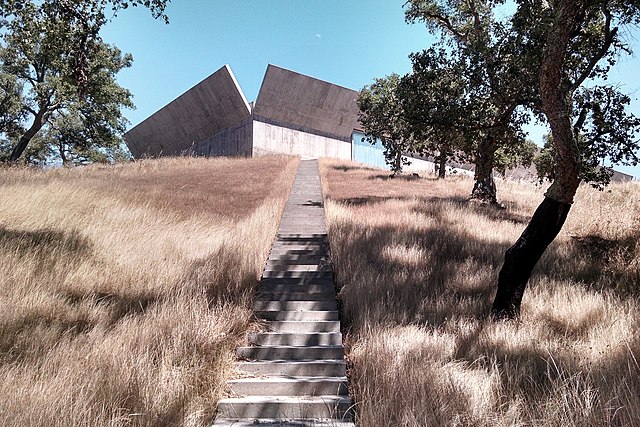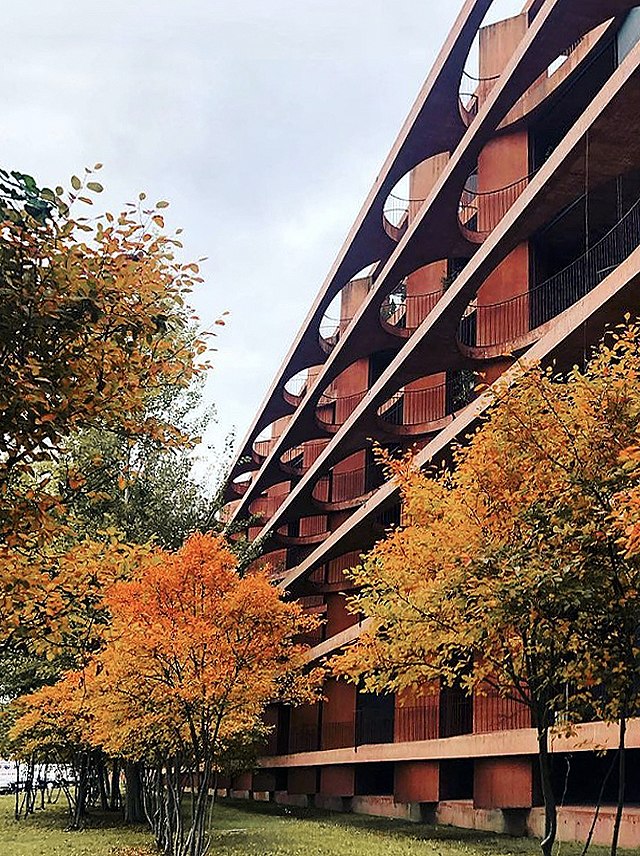Top Qs
Timeline
Chat
Perspective
Valerio Olgiati
Swiss architect (born 1958) From Wikipedia, the free encyclopedia
Remove ads
Valerio Olgiati (born 18 July 1958 in Cours, Switzerland) is a Swiss architect.[1] His projects include the School Building in Paspels[2] and the Yellow House Museum in Flims.[3]

Biography
Summarize
Perspective
He studied architecture at ETH Zurich, a public research university in Zürich, Switzerland.







Olgiati describes his approach to his work as "non-referential architecture," which is also the title of a 2018 treatise by Olgiati and architectural theorist Markus Breitschmid and discussing the social purpose of architecture.[4][5]
Olgiati has stated that his immigration to Los Angeles was the most important step in his architectural formation, an event he claims to be more significant than his architectural education. According to Olgiati, living in the United States allowed him to understand the world in formal, natural terms rather than symbolic or historical ones.[6]

This shift in perspective, which moved away from grounding architecture in tradition, was theoretically expressed in his Iconographic Autobiography, published in 2006.[7] Iconographic Autobiography is an anthology of 55 illustrations that foreshadow non-referential architecture. The author intentionally presents the references in his work as devoid of inherent meaning.[8] Olgiati holds the perspective that only fundamental insights from spatial experience can advance contemporary architecture in today's diverse societies.[9]
Valerio Olgiati operates his architecture office with his wife Tamara in Portugal and Switzerland.[10] His work has been featured in solo exhibitions and at institutions including the National Museum of Modern Art, the Royal Institute of British Architects in London, and the Colegio de San Ildefonso in Mexico City.[11] Olgiati has also held teaching positions at Harvard University (Kenzo Tange Chair), ETH Zürich, Cornell University, and the AA in London. He has held a professorial position at the Accademia di Architettura in Mendrisio since 2002.[12]
Remove ads
References
Monographs
External links
Wikiwand - on
Seamless Wikipedia browsing. On steroids.
Remove ads
